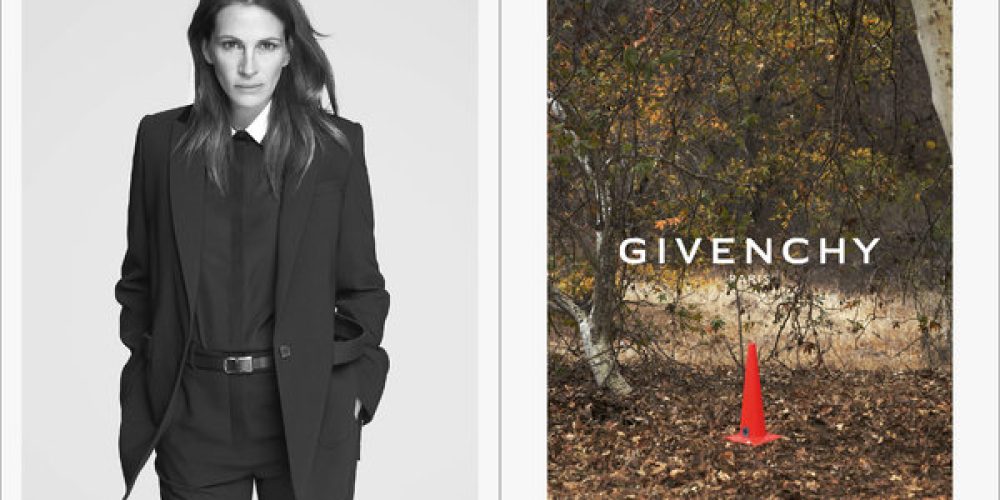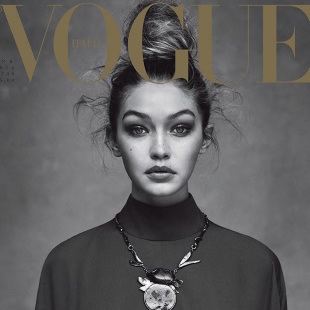For The New York Times, Vanessa Friedman writes about power and representation when it comes to age in the fashion world.
The young are so — well, old hat. Or so it increasingly seems.
Selfridges, after all, is simply the latest member of a movement arguably commenced in 2010 by the photographer Ari Seth Cohen and his “Advanced Style” blog/book/documentary series, which was quickly followed by the 2013 British documentary “Fabulous Fashionistas,” featuring the happening wardrobes of six women with an average age of 80; the elevation of the nonagenarian Iris Apfel to icon status (she was most recently the subject of a documentary by Albert Maysles); and a river of beauty- and fashion-ad campaigns featuring “older” women: Charlotte Rampling (68), Helen Mirren (69), Diane Keaton (69) and (this week) Joan Didion (80).
Even the 47-year-old Julia Roberts is currently the face of Givenchy, and three unnamed grandmas star in Dolce & Gabbana’s new ads.
Oiled by the “longevity revolution,” so named by a 2014 Bank of America Merrill Lynch report on the “silver economy,” which found that the average wealth of 50-plus households in the United States is $765,000; the average for 50-plus households in Britain is £541,000 (about $690,000), and it’s £723,000 for ages 60 to 64. Add the shrinking spending power of the employment-challenged younger generation, and fashion’s sudden embrace is shaping up to be a bona fide trend.
But while it’s one thing to pay lip (and advertising) service to the importance of the mature market, it’s another thing entirely to design for it. And the truth is, catwalks are still speckled by short skirts and skinny trousers, the sheer and the sleeveless.
The fashion world is largely run by older people, from designers like Karl Lagerfeld and Giorgio Armani, each in his early 80s, Ralph Lauren (75) and Donna Karan (66) to the editors Anna Wintour, Carine Roitfeld and Franca Sozzani, all in their 60s.
Here’s the disconnect: On the one hand, fashion pays endless aesthetic homage to youth; on the other, it remains firmly in the thrall, and power, of the mature. Even for an industry that has made something of an art form out of holding contradictory ideas at the same time (loving both pelts and pets, for example; showing spring/summer in autumn/winter), this is hard to reconcile.






